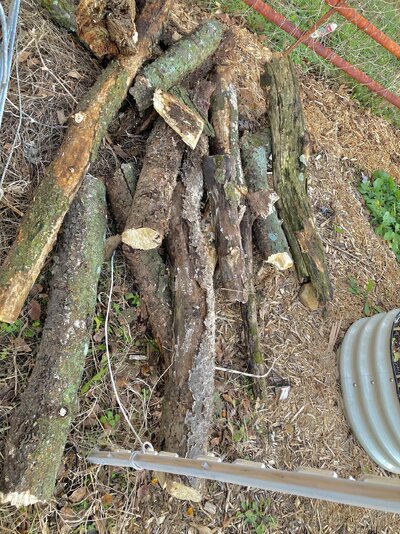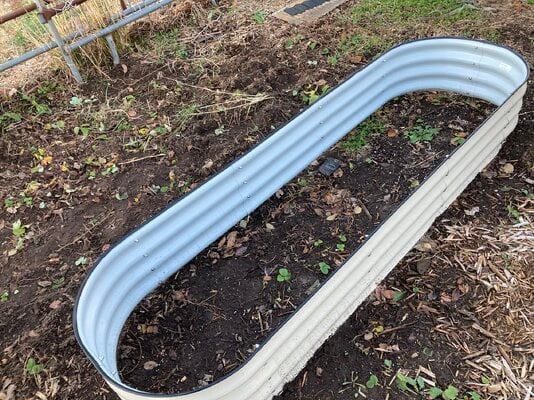- Thread starter
- #71
We have a short growing season where I am as well. I will benaggingasking my husband to help me build these raised beds in the spring.
I find that my raised beds warm up a good 2 weeks earlier than I could plant in the ground. For us who live in short growing season locations, 2 weeks can make a big difference.
Not only can you plant earlier in the year, but if you add a cold frame (Google pic) to the raised bed, you can continue to grow food in your raised bed gardens for weeks longer in the fall....
Building that type of frame is on my list of projects next year. I would love to grow some Kale and Swiss Chard late into the fall. But I need a cover for the bed because the deer will eat all my Kale and other cold weather greens once the easy green grass is gone.





